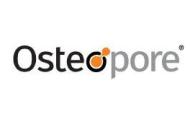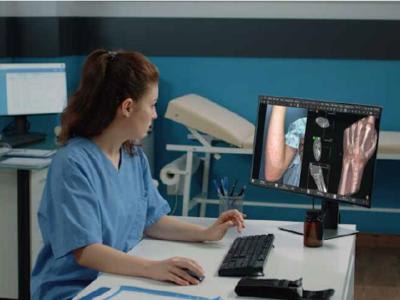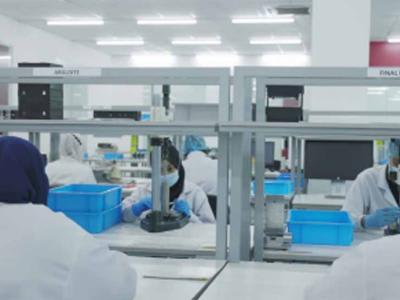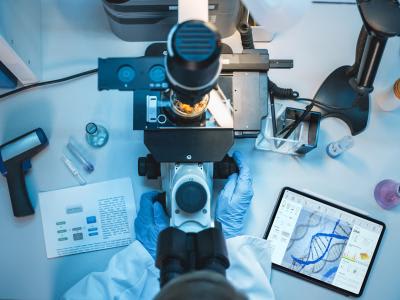This case study was originally published in our report,
The future of medtech in Australia. Download the full report >>

Osteopore International was born when the company’s founding members, three scientists and three surgeons, wanted to scientifically engineer better solutions to help patients regrow bone.
The regenerative medtech company focusing on tissue regeneration. It designs, develops and markets bioresorbable polymer implants for neurosurgical, orthopaedic and maxillofacial surgery use. The tissue engineered product provides a scaffold for a patient’s own bone cells to be regenerated. Its product lines are sold across 25 countries.
Osteopore’s products are manufactured using its proprietary 3D printers, using an automated process, which helps control costs. Its facility has the capability to run 24/7 using robots, while staff perform higher value work such as quality assurance. The company listed on the ASX in 2019 and is headquartered in Singapore.
While the company has a huge future, Osteopore has had to navigate many challenges since its IPO. The macroeconomic conditions of the pandemic years were difficult, because it was so hard for the team to connect with their surgeon customer base face-to-face, which is vital in securing the trust required for them to adopt new products. This is in addition to the other challenges the business has faced since listing, such as geopolitical turmoil, high interest rates and inflation.
A perennial challenge for businesses like Osteopore is encouraging hospitals to take up new technologies. Research shows reducing hospital readmissions by 20 per cent may save the US healthcare system about US$15 billion. So, on a cost benefit basis, it’s possible to demonstrate Osteopore’s products contribute solutions to eliminate unnecessary readmissions, to help reduce the economic burden on the healthcare system.
Another major hurdle is encouraging neurosurgeons and surgeons who are conditioned to use traditional technologies such as titanium and non-biodegradable plastics to use Osteopore’s products.
“They are creatures of habit. So they take a bit of time to warm up to our technologies. But the good news is, once they get past that point, they tend to be a recurring customer,” says Lim. As a result, marketing is a priority, which involves additional resources to expand the distribution network. Events with professional societies and engaging key opinion leaders and encouraging them to speak to their peers are also important.
“Educating the medical field involves organising continuous medical education events. They give surgeons exposure to new technologies and allow Osteopore to share its products with them,” says Lim.
"Training is critical so surgeons get experience operating with Osteopore’s products. This is in the form of workshops, as well as working on cadavers or anatomical models with a simulated implant. This really helps the surgeons to de-risk how they use our products. Conducting workshops allows us to help them become familiar with the device, which gives them more assurance about outcomes,” he adds. The presentation of clinical data is also vital. This involves surgeons using the product, collecting the outcomes, submitting abstracts, publishing papers and attending conferences, sharing their clinical experience about using the product.
“We encourage them to speak from a point of clinical experience and a position of neutrality,” says Lim. One advantage is Osteopore’s ability to tap into a talent pipeline of mechanical and bio engineering students, which ensures the business has access to the skillsets it needs.
At the same time, because of our network, we are able to attract more senior candidates to the company. So there’s a balance in our team between senior people with experience and young people with drive and enthusiasm to make a difference in their career and in other people’s lives,” says Lim. The company will bring new talent with different skill sets into the business as it grows and expands...






